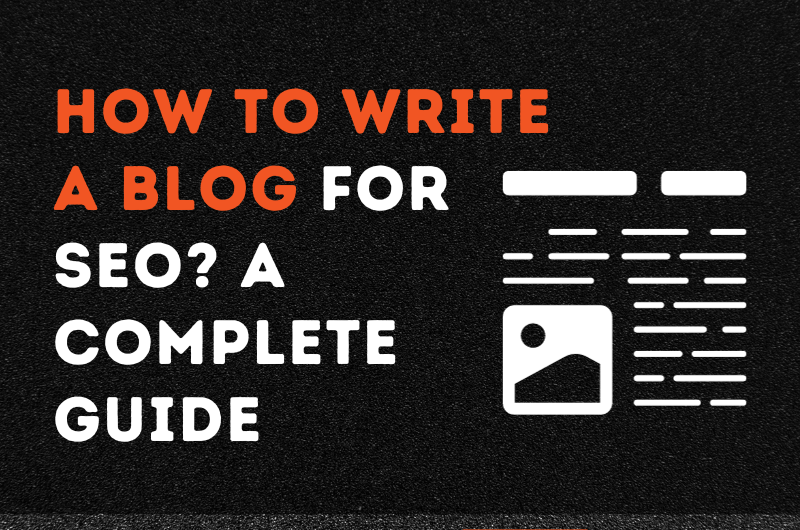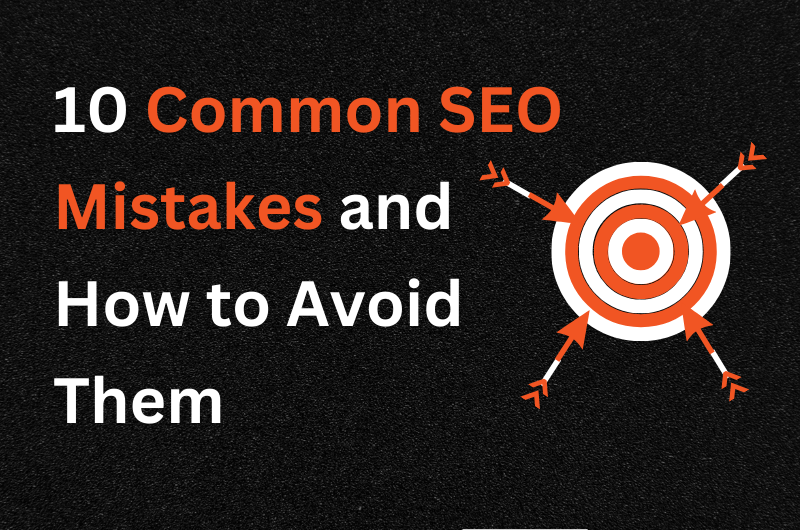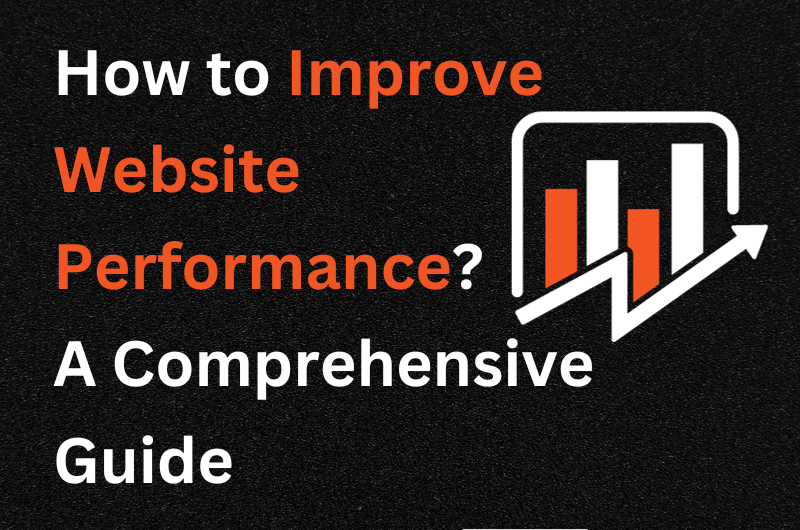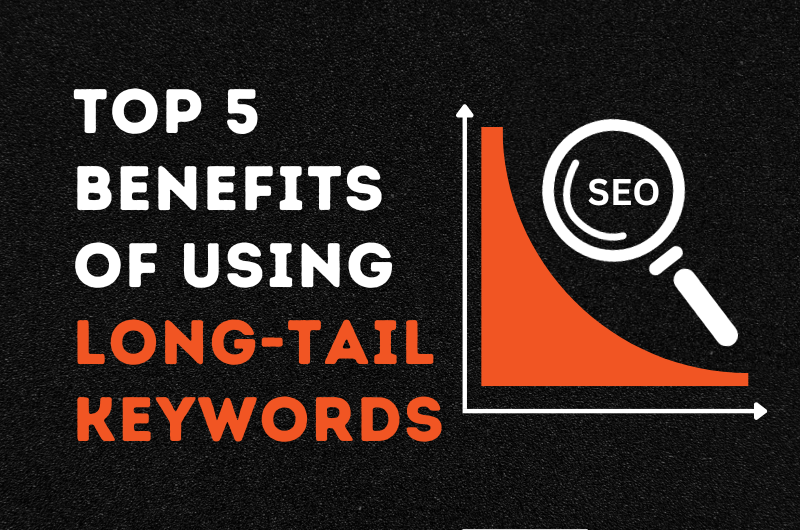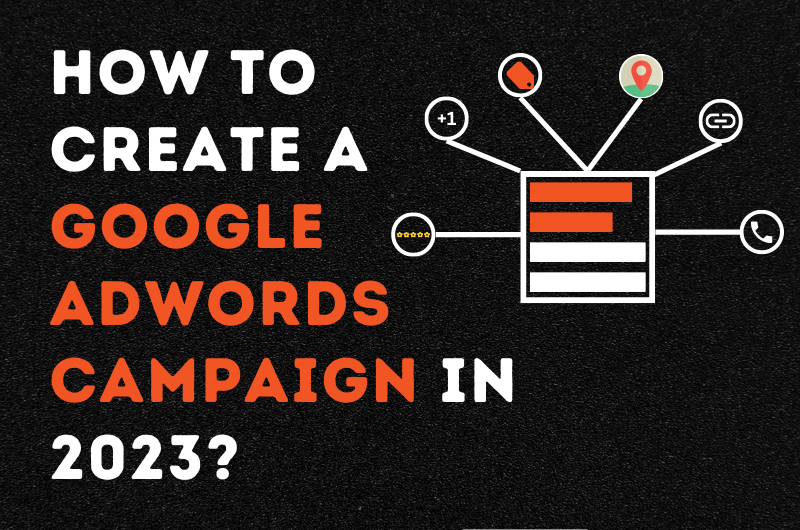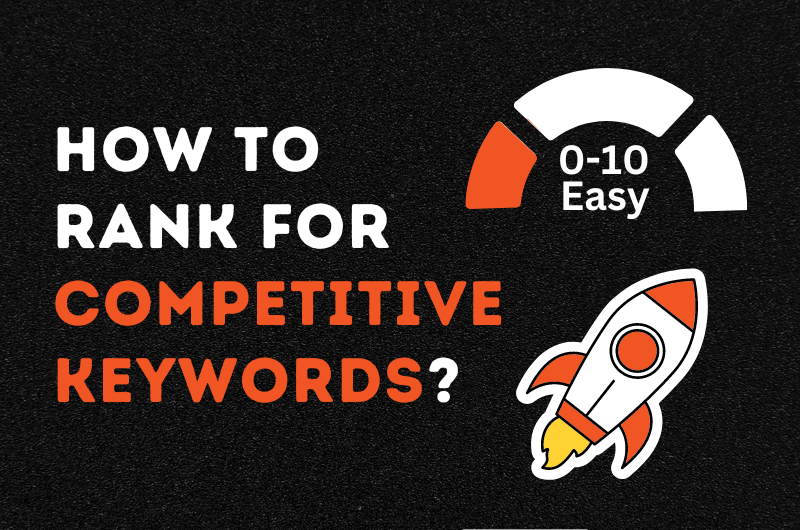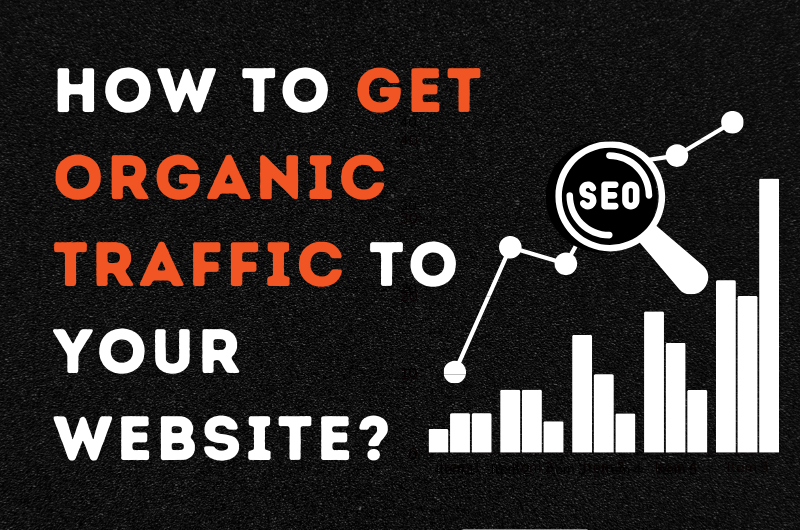How to Write a Blog for SEO? A Complete Guide
You may be an adept writer, but do you know how to write a blog that will rank higher on SERPs? If you don’t know, we are here with a comprehensive guide just for you. Blog writing requires a lot of effort. You have to learn about the topic, develop a clear structure, and then […]
How to Write a Blog for SEO? A Complete Guide Read More »
